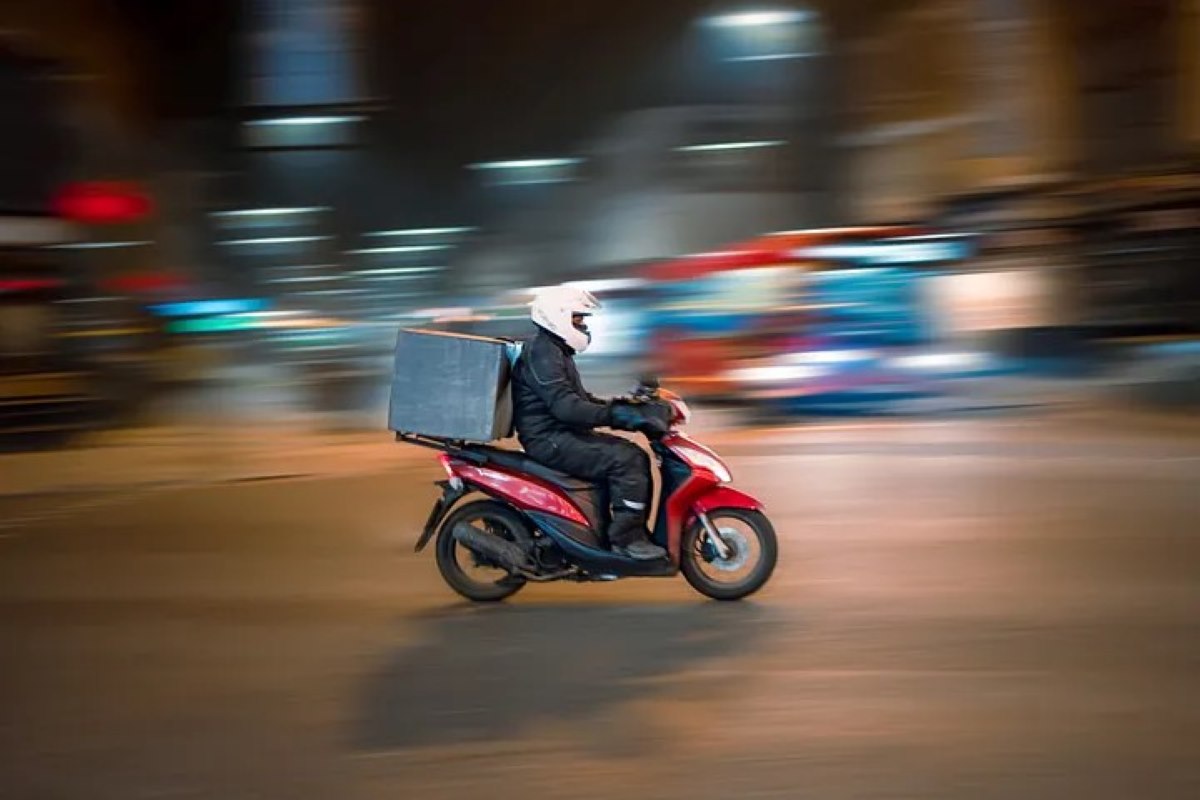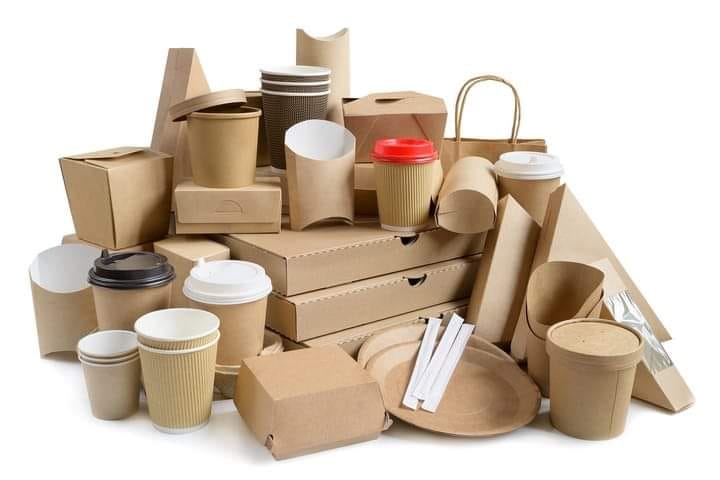The environmental impact of food delivery services is not glaring, which is why they are getting more popular by the day. Now, more than ever, it is easy to indulge in a late-night craving, even when the pantry and refrigerator are empty. With a smartphone and a few bucks in a digital wallet, it is possible to get meals delivered to your doorstep around the clock. This is how far technological innovations have brought the food service industry. However, when we peel back the curtains on food delivery services, there’s more to them than the touted benefits.
So, before endorsing the symphony of technological impact on food delivery services, examining the pros and cons is essential. For one, food delivery services come with a significant environmental impact.
This piece will analyse the environmental impact of food delivery on a broad scale. It will touch on the systemic sustainability challenges, packaging waste, and greenhouse gas emissions trailing global food delivery innovations.
The Carbon Footprint of Food Delivery
As the number of web and app orders increases globally, so does the food delivery carbon footprint. What’s that saying again about generating a new problem each time one is solved? Of course, with food delivery services, diners can afford to avoid commutes to restaurants. However, food delivery emissions plague services that rely on vehicles powered by fossil fuels.
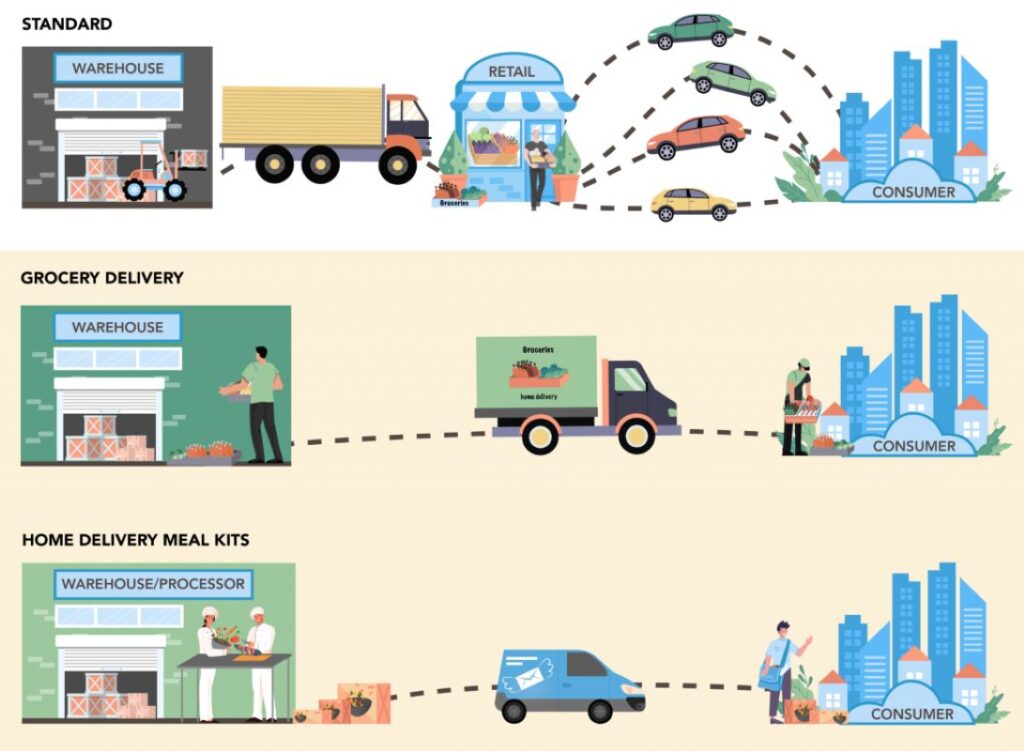
There’s also the inefficiency of last-mile delivery logistics. For clarity, haulage of food materials and products between warehouses and the fulfilment center is mostly in a lump sum. Consequently, the carbon footprint of a single shipment is spread across all the units in the bulk supply. Unfortunately, this is not possible for last-mile delivery logistics.
For example, if a restaurant in the Florida Keys receives a hundred local pizza orders daily, it could translate to 100 delivery trips. Of course, the restaurant could lump multiple orders together to optimize the cost of logistics. However, that could easily earn the brand a handful of disgruntled customers. In this context, the carbon footprint grows larger as order volume increases.
ALSO READ: 4 Ways to Eat Sustainably Without Breaking the Bank
Packaging Waste: A Plastic Problem
Another environmental impact of food delivery services is their waste generation. Interestingly, the waste is of a peculiar kind, not food, but packaging. When delivering food, vendors try to put their products in ‘presentable’ packages. However, the spike in food app orders and takeouts has exacerbated the packaging waste problem. Due to their competitive price and lightness, plastics are the most common material in packaging waste in delivery services.

Single-use takeout dishes, utensils and bags are the foremost culprits in the food industry’s plastic waste ring as they fall in the non-recyclable category. Even so-called biodegradable plastics pose some threat to the environment. Contrary to popular myths, biodegradable plastics don’t fare well in landfills.
Since the incidence of the COVID pandemic, survey data reveals that meal delivery pollution has increased significantly.
The Rise of “Dark Kitchens” and Hidden Energy Use
As more restaurants go virtual, the question is: “How eco-friendly is food delivery?” Ghost kitchens are gaining popularity by the day, with the lockdown granting the business model some notoriety. However, there is very little to it than what was just described: a business model. Dark kitchens make the restaurant business more profitable, but do not necessarily encourage ethical food consumption.

For example, to avoid side glances, folks dining out may limit the quantity of food they order. However, when the facade of the food delivery app comes in between, customers can easily indulge without the fear of a public rebuttal.
The point here is that ghost kitchens, with all their benefits for the business owner, may be an Achilles’ heel for customers. There’s also the problem of significant energy and resource consumption, with multiple restaurants sharing kitchen resources. Finally, since ghost kitchens don’t offer dine-in services, the accompanying food waste can be easily eliminated. However, there goes the baby with the bathwater. Reusable dishes cannot be used for food delivery, thus contributing to the takeout waste problem.
Sustainable Alternatives Emerging
Trust sapiens to find ingenious ways around the environmental impact of food delivery. Some food delivery services are wooing customers with their sustainable takeout practices. For example, some food vendors have transitioned to green packaging options and eco-friendly meal delivery services.
Virtual restaurants are not ditching food packages entirely, but are settling for compostable and reusable plastics and other biodegradable materials.
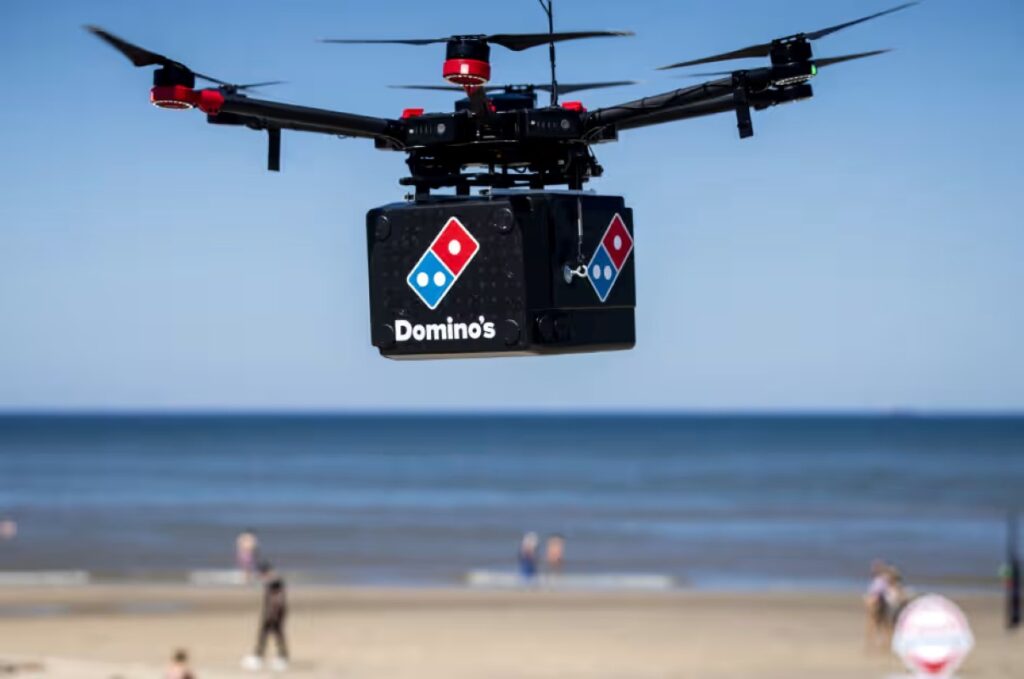
Similarly, some restaurants reduce food delivery emissions by adopting green delivery fleets. Bicycles, EVs and drones are rapidly supplementing and replacing fossil-fuel vehicles that cause meal delivery pollution.
However, restaurants are not limiting their environmental impact of food delivery through green packaging options alone. They are equally starting to incentivize sustainable eating habits. This sometimes comes in the guise of discounts for group orders or cutlery opt-outs.
ALSO READ: Lab-Grown Meat: Will We Be Eating It in the Next 10 Years?
How Consumers Can Make Greener Choices
From the foregoing, customers also have a significant role in cutting down the environmental impact of food delivery. To help reduce the takeout waste problem, consumers can skip plastic, opt for a local food vendor, or make group orders a habit.
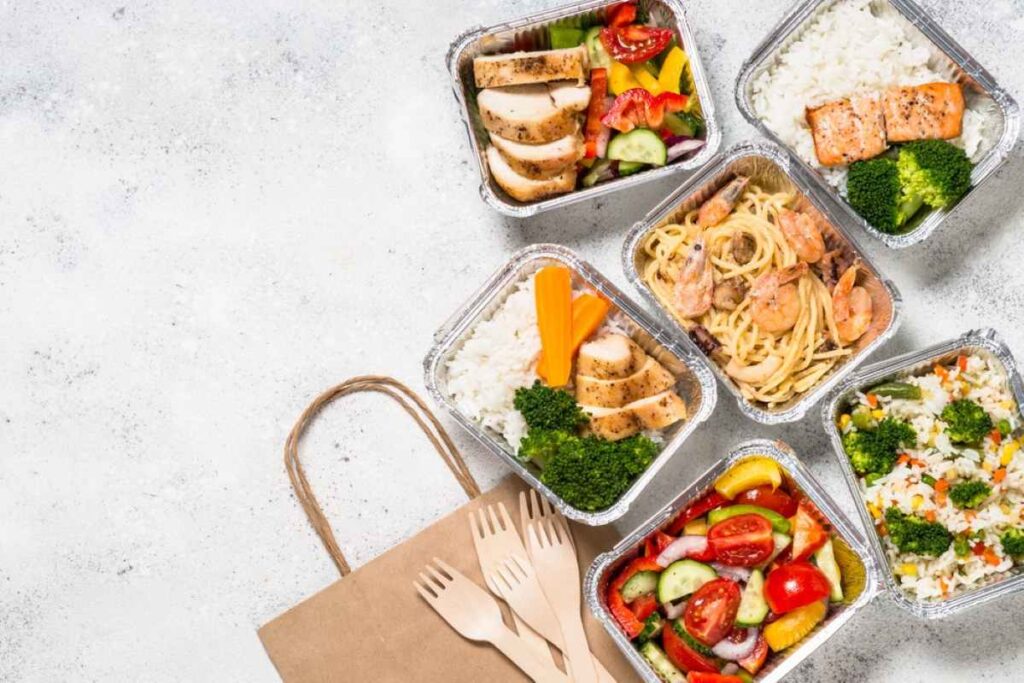
Consumers can also contribute indirectly to ethical food consumption by evaluating a delivery app’s sustainability initiatives before allowing them to fulfil an order. The primary goal is to support restaurants using sustainable practices.
Yes, having your meal delivered minutes after an order is bliss. However, always endeavor to count the environmental costs of online food delivery. With this in mind, each time you place a food order, it will help you become a net contributor in global efforts to reduce the environmental impact of food delivery.
Convenience doesn’t have to cost the Earth—when you order smart.







